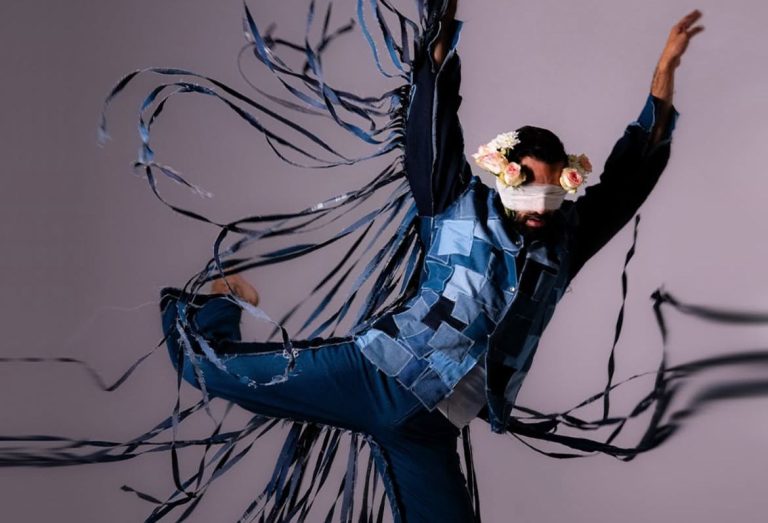At seventeen, Hadi Awada was on his way to becoming a doctor. But somewhere between lectures and late nights, he felt another calling — one that had nothing to do with medicine. His family wanted a doctor; his heart wanted movement. So he chose the latter. That single decision — to follow rhythm instead of routine — changed everything.
Today, the Lebanese choreographer is behind some of the Arab world’s most memorable performances. His story is one of quiet defiance and relentless creativity.
Trading Medicine for Dance Choreography
Dance wasn’t always the obvious path. Growing up in Baalbek, Hadi’s family envisioned a more traditional future for him. Yet even as a child, he couldn’t stop moving. He began dancing at eleven, traveled to France for competitions, and spent his teenage years torn between duty and desire.
He tried the medical route for a year, but every part of him resisted it. “You can’t heal others if you’re not happy yourself,” he reflects. So he followed what made him feel alive — dance. And at eighteen, he made the leap, leaving Lebanon for Russia to study musical cinematography.
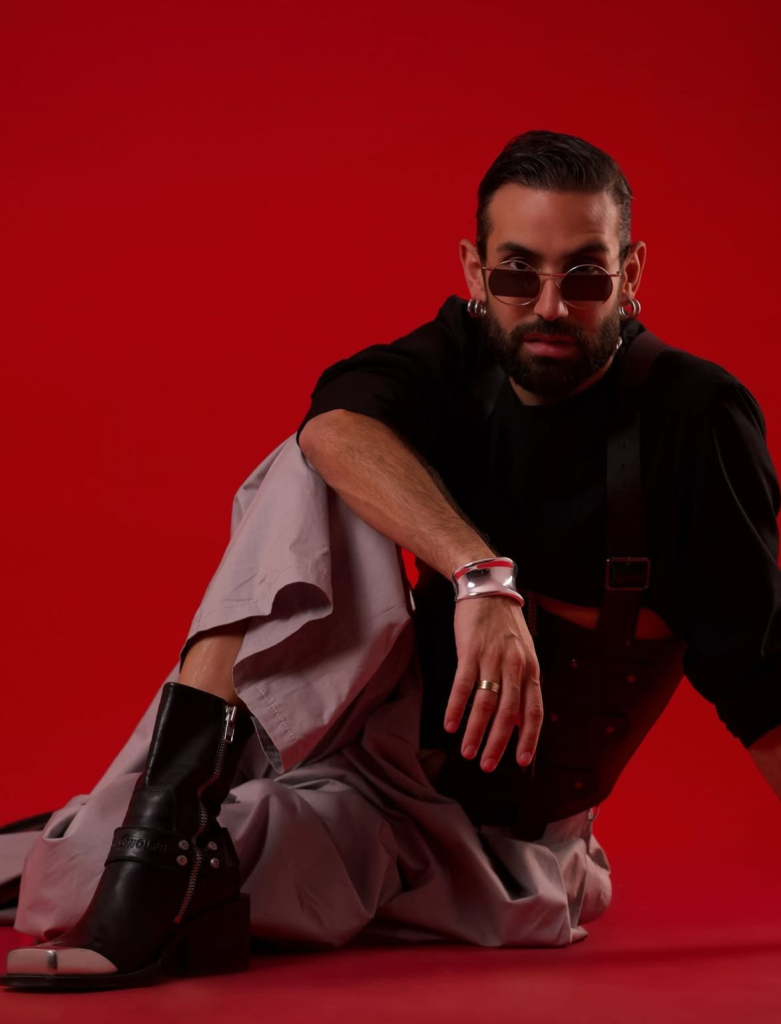
Finding His Stage: Star Academy
One of the highlights of his career is Star Academy (Seasons 10 and 11), where he became the show’s choreographer — a dream opportunity that demanded everything of him. Eight dances a week, endless rehearsals, constant reinvention. “You never rest,” he says, but it was in that chaos that he learned to create under pressure.
The show also introduced him to a world of artists who helped shape his journey . Each collaboration became a masterclass in adaptation: understanding how movement must shift to match the personality and energy of every performer.

Stepping Into Direction with Latifa’s Sorry
Latifa’s Sorry marked a turning point. She asked him not just to choreograph, but to direct the video — a full-circle moment that blended everything he had studied in Russia. The result was a piece alive with emotion and rhythm, a reflection of his identity as both dancer and storyteller.
He calls it his “baby”. It represented the freedom to create exactly the way he wanted — movement as narrative, not background.
When Movement Heals More Than the Body
To Hadi, dance isn’t just physical — it’s deeply human. He often says that health isn’t limited to the body; it’s also about spirit and comfort. That belief also fuels his empathy.
When talking about the word “sorry,” he says it to everyone he’s ever hurt, believing that this simple word is enough to show people you care about how much they mean to you.
But his thoughts also go beyond the personal. Hadi would say “sorry” to those living unjust lives, people facing war, loss, or pain. His voice softens when he says he hopes to one day help, even a little bit. It’s a glimpse into how he sees dance not just as art, but as connection.
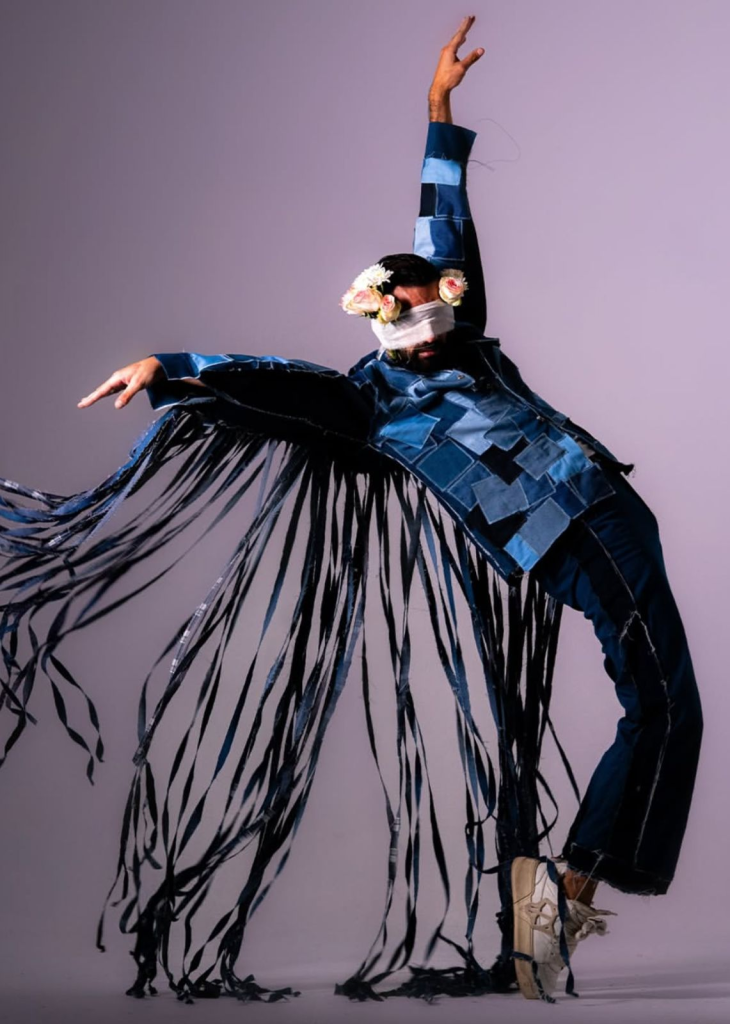
Creating in Silence: Finding Inspiration in Solitude
Despite the bright lights and loud stages, Hadi describes himself as an introvert. He works best in silence — away from crowds, with music as his company.
Movies, documentaries, and even images fuel his imagination. He listens to a song and immediately begins building a choreography in his head. That solitude isn’t isolation; it’s how he stays inspired.
Still, he’s pragmatic. He knows creativity can fade, that nothing lasts forever. “Everything ends,” he once said, comparing it to flowers that wilt or rivers that dry. But for now, his flow hasn’t stopped and he hopes he still has time to give dance everything he has.
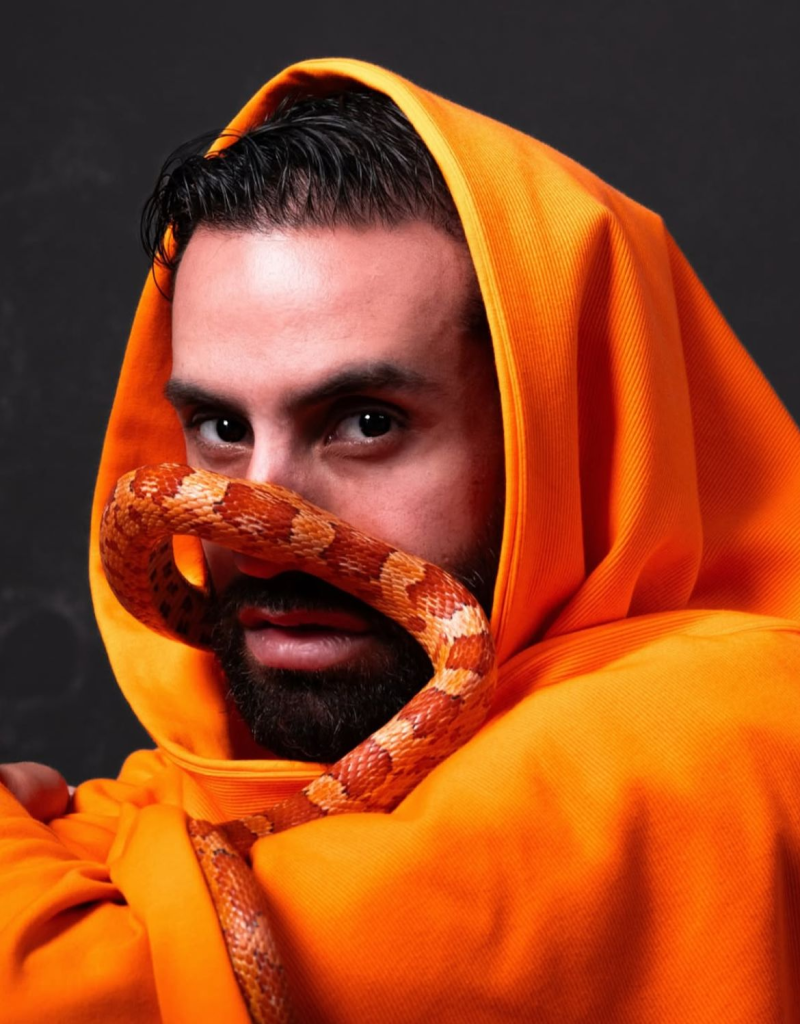
Carrying Lebanon Into Every Performance
Baalbek isn’t just his hometown; it’s the rhythm beneath his work. He grew up listening to Fairouz and dancing to her songs, and enjoying the Baalbek Festivals. Even when he doesn’t notice it, others see traces of Lebanon in his choreography.
When asked to imagine Lebanese cities as dances, he smiles. Baalbek, he says, is the soul of Lebanon, so it felt only right that its dance would be dabke, the one rooted in heritage. Beirut would be jazz funk — energetic, unpredictable, full of light.
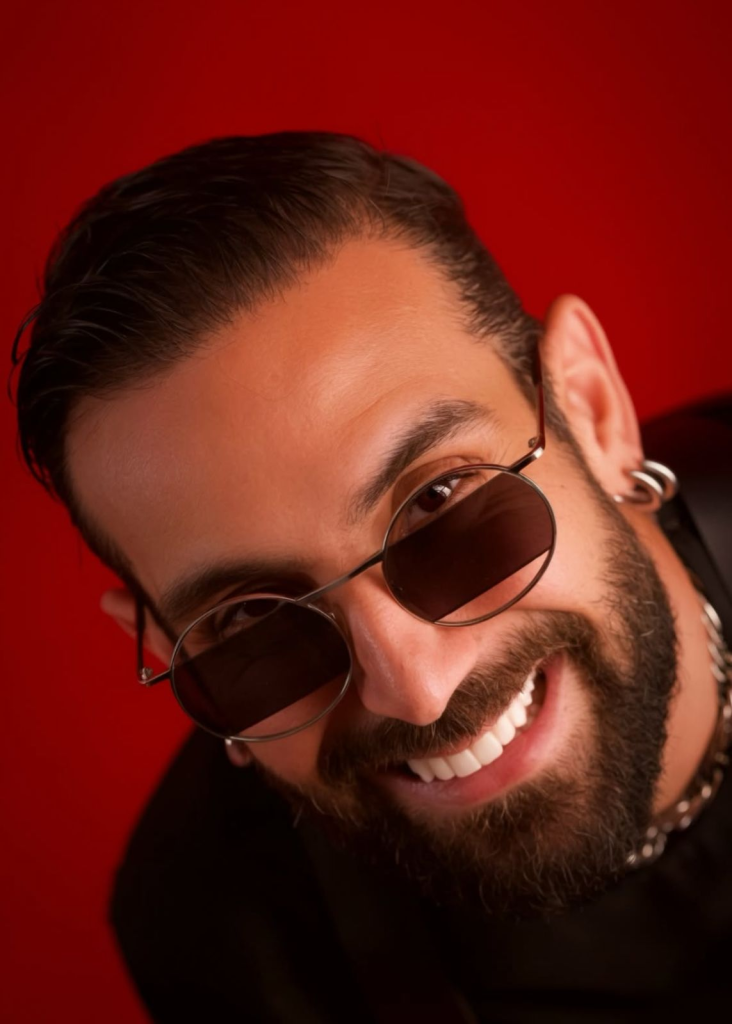
Choreographing on a National Scale: Egypt’s Military Academy
One of his proudest works came not from a stage or a screen, but a military field. When Egypt’s military academy asked him to choreograph their graduation ceremony, he found himself directing more than a thousand soldiers — not dancers — into perfectly timed formations.
It was choreography on a national scale, viewed by thousands, with the Egyptian president in attendance. Every movement had to align, visible only through a drone above. It was demanding, massive, and unexpectedly fun. “It felt like creating a painting in motion,” he recalls. For a Lebanese artist working in Egypt, the moment carried special pride.
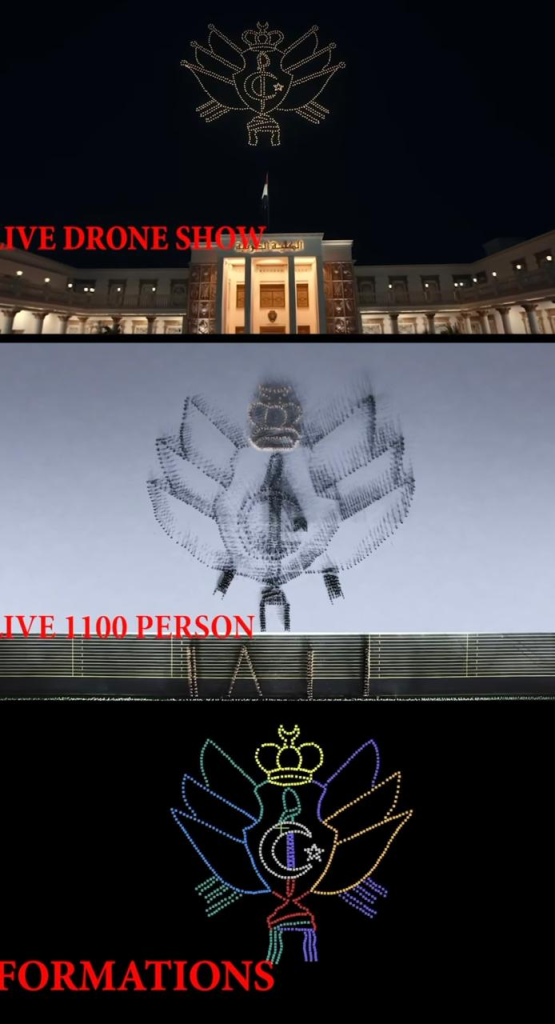
Collaborating With Donia Samir Ghanem
His collaboration with Donia Samir Ghanem started from a place of emotion rather than planning. While choreographing a tribute to her late father, the legendary Samir Ghanem, Donia attended rehearsals and was moved to tears.
That connection turned into trust — and eventually, multiple projects together. He speaks of her with quiet respect: talented, kind, and deeply human. “I love working with her,” he says simply.
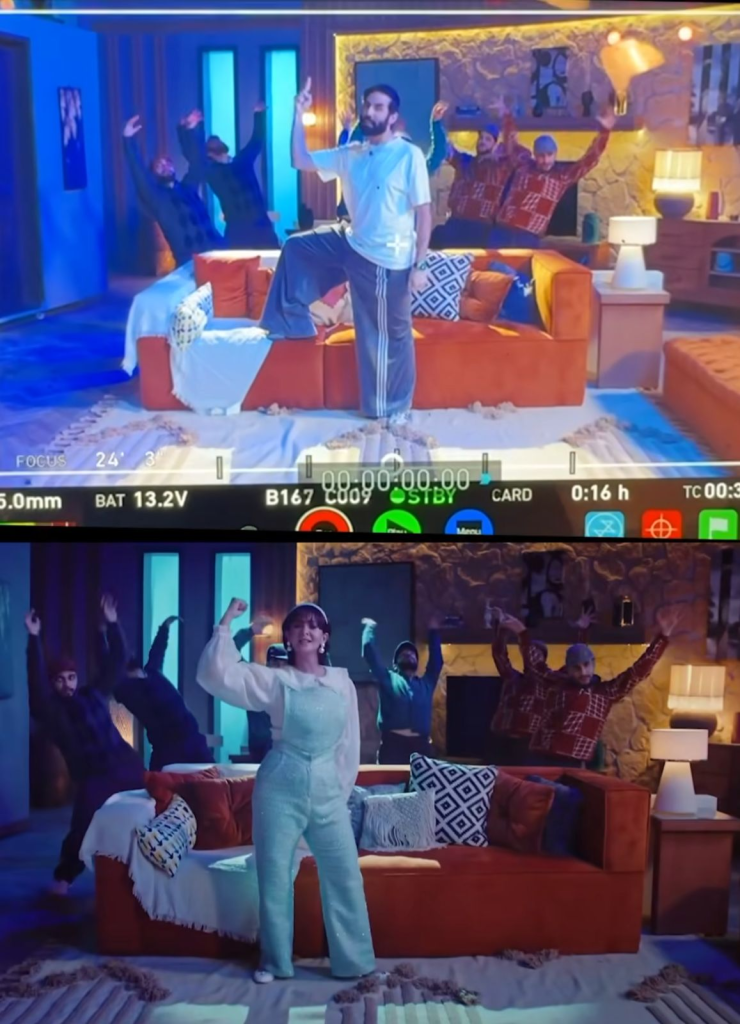
The Magic (and Mayhem) Behind The Arab Musical: Sokkar
Hadi considers Sokkar the biggest Arab musical to date — and one of his toughest projects. Made entirely with children, the production demanded both discipline and patience. He credits director Tamer Mahdi for giving him the chance and hopes more people discover the film. “It deserves to be seen,” he adds. “It’s international-level work.”
The Reality Behind Being A Dance Choreographer
For outsiders, being a choreographer looks glamorous — music, lights, stars. The truth, Hadi says, is much harder. There’s pressure, deadlines, sudden changes, and sometimes the weight of being responsible for thousands of performers.
He doesn’t complain; he just wants people to understand that behind the beauty, there’s exhaustion, and behind the movement, there’s endless work. “But when you love what you create,” he adds, “you’re happy — no matter how difficult it gets.”
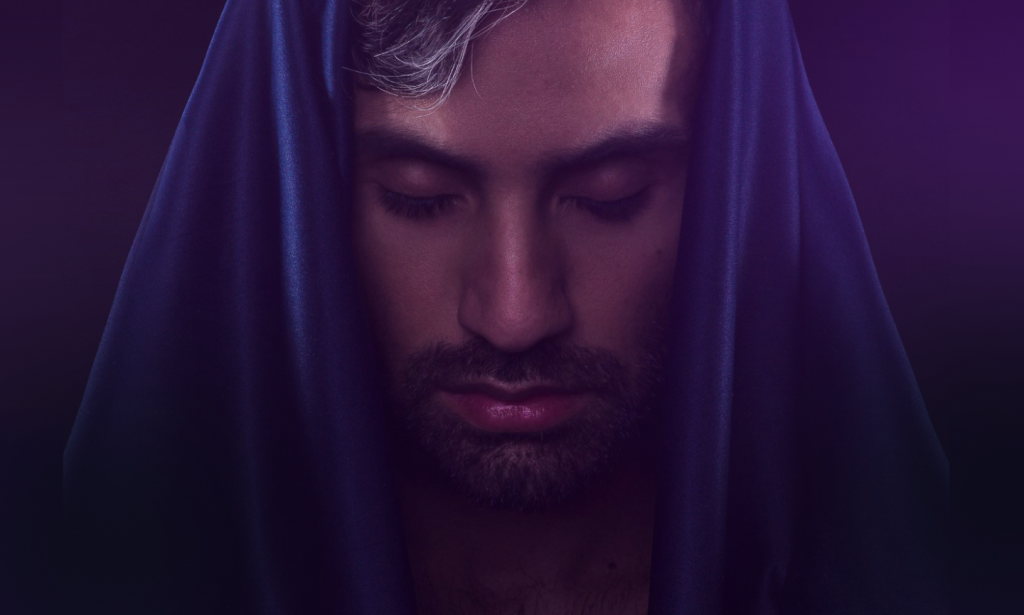
The Pursuit of a Legacy
When asked what choreography he hopes will define his legacy, Hadi pauses. He admits he’s not there yet. He’s always seen imperfections in his work. “When I directed short films, there were mistakes. When I choreographed, there were always things that came in the way.”
For him, the idea of perfection is still ahead. “I haven’t achieved my legacy yet. Hopefully one day I can be like Maurice Béjart,” he adds, referencing the legendary choreographer whose influence marked generations. “Maybe I’ll get the chance, maybe I won’t. I hope I do. I’ve done things I love and take pride in, but still not the best of the best.”

Future Dreams
If he could dance anywhere, it would be back home — on the stage of Baalbek’s ancient temples. As a child, he once denied dancing when asked by his uncle, afraid of judgment. Now, he dreams of returning there to perform to show them how incredible dance truly is, an art that can transport you to another world.
And when it comes to future dreams, he’s already thinking beyond earth. “I want to dance underwater,” he says with a grin. It sounds impossible, but then again, so did everything else he’s already done — and he adds, “I think I’ll achieve this dream very soon.”
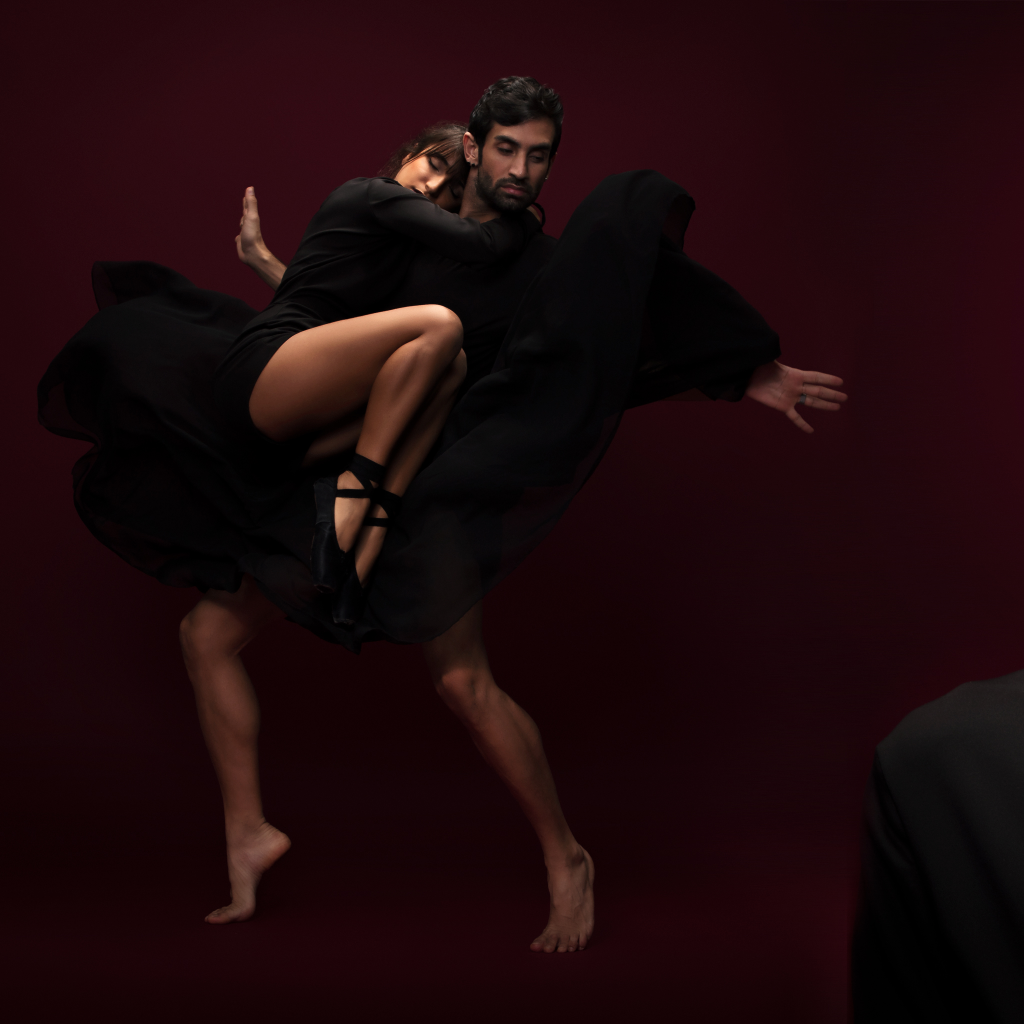
For Hadi Awada, movement isn’t just art — it’s a way of understanding life. His journey from Baalbek’s quiet streets to some of the Arab world’s biggest stages is proof that following your own rhythm can rewrite your story. He’s still searching, still shaping, still dreaming — and maybe that’s exactly where the beauty of his legacy lies: in never standing still.
WE SAID THIS: Don’t Miss…Get Your Body Moving Along With Middle East’s Top Choreographers


